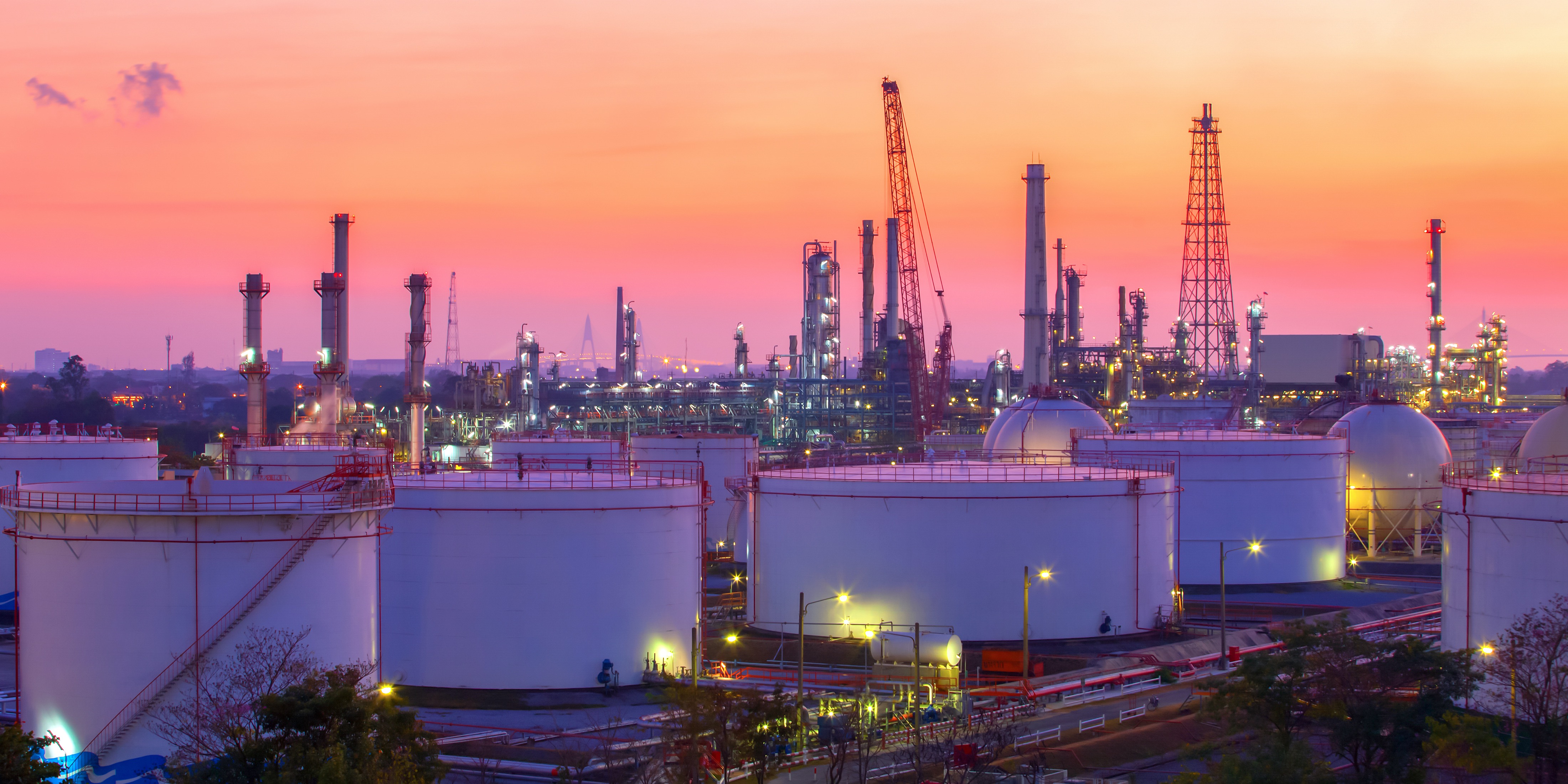Working natural gas inventories of storage fields operated by the two largest natural gas distributors in California — Pacific Gas & Electric (PG&E) in the north, and Southern California Gas Company (SoCalGas) in the south — totalled 100.6 ft3 as of June 30, 2022, according to publicly-available data. Although this level is four percent higher than levels one year ago, storage operation and capacity utilization vary significantly by region.
PG&E’s working natural gas storage capacity accounts for approximately 28 percent of its system’s working natural gas storage capacity, with merchant facilities accounting for the remaining capacity. As of June 30, 2022, PG&E held 13.0 billion ft3 of natural gas in storage, about 40 percent below year-ago levels. In contrast, SoCalGas operates all the storage facilities connected to its distribution network and working natural gas inventories in those storage fields totalled about 87.6 billion ft3 on 30 June 2022 – 17 percent above year-ago levels.

There are six natural gas storage operators in California, operating fields with a total capacity of 323 billion ft3, which represents 88 percent of the Pacific region’s storage capacity. Working natural gas storage capacity in the Pacific region also includes two facilities in the Pacific Northwest.
Natural gas flows in California from the Pacific Northwest and the Desert Southwest were lower in 1H22. Natural gas pipeline deliveries from the Pacific Northwest into Northern California decreased by five percent compared with 1H21 and deliveries from the Desert Southwest into Southern California declined by three percent, according to data from PointLogic.
Natural gas withdrawals from storage in Northern California were about 125 million ft3/d higher during November 2021 through March 2022 compared with the same period a year earlier. Despite growing markedly from 4.3 billion ft3 on March 31, 2022 to 14.5 billion ft3 on July 10, 2022, PG&E’s inventories remain 33 percent less than the year before. PG&E’s working natural gas capacity significantly declined following a June 11, 2021 reclassification of 51.0 billion ft3 of working gas to base gas as the result of a California Public Utilities Commission (CPUC) Rate Case Final Decision. This change was the largest reclassification in PG&E history. Total PG&E working gas capacity was reduced to 52.5 billion ft3 as a result of the reclassification.
As of June 30, 2022, SoCalGas working gas inventories were 87.6 billion ft3, 17 percent above year-ago levels and 34 percent above the five-year average. A key factor contributing to Southern California’s higher natural gas inventories was a decision by the CPUC on November 4, 2021, allowing SoCalGas to increase its working gas capacity at the Aliso Canyon Natural Gas Storage Facility to 41.0 billion ft3 from 34.0 billion ft3 to help ensure energy reliability in the region. The storage capacity at Aliso Canyon and the ability to store more locally produced natural gas has partially offset reduced natural gas flows into the region since August 2021, following the rupture of Kinder Morgan’s El Paso Natural Gas Pipeline Line 2000.
For more information visit www.eia.org

















